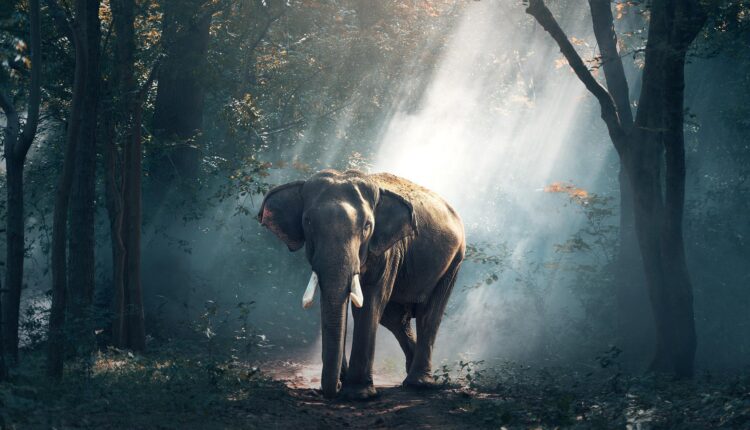Odisha is fast becoming a battle ground for human-elephant conflict

Bhubaneswar : In June 2022, Maya Murmu, a 59 year old tribal woman of Odisha’s Mayurbhanj district, was killed by a wild elephant while she was collecting water from the village tube-well. The wild elephant trampled the old woman to death on the spot.
But the most unusual event occurred when the family members took the body for funeral. As the funeral ceremony was taking place as per the tribal rituals, the same elephant appeared from the forest, sending the villagers running in fear leaving the body inside the grave. The elephant, seems furious at the dead woman, pulled the corpse out of the grave and trampled it once again.
This is one of the several instances of human-elephant conflict taking place in the Indian state of Odisha. In the last one month (June 15-July 15, 2022) there are more than 50 cases of human-elephant conflict with casualties from both sides.
According to government data, Odisha has reported as many as 380 elephant deaths between 2017 to 2022 (March). Since 2010, the state has reported 947 elephant deaths, out of which 426 or 45% deaths were due to natural causes and the rest are due to man-made reasons including killing by the poachers, electrocution, train & road kills and poisoning etc.

On the other hand Odisha has overtaken North-Eastern state Assam to top India’s human fatality rate due to elephant attack. In 2020-21, Odisha has reported as many as 93 elephant deaths due to elephant attack, which is 20% of the 462 deaths reported in the entire country. Odisha is followed by Assam with 91 deaths and Jharkhand with 74 deaths.
In 2021-22 (April 2021 till 18 Jan 2022), the human fatalities due to elephant attack further increased to 97. If we count the whole, financial year ( April 2021 to Match 2022 ) the fatality count will cross the 100 mark.
In 2019-20, Odisha has topped the fatality chart with 117 deaths due to elephant attack.
Why the conflict ?
According to a wildlife expert, wildlife habitat is shrinking due to rapid industrial development in Odisha. This is the primary reason behind the man-elephant interface resulting heavy casualties in both sides. The state of Orissa has 3 elephant reserves, Mayurbhanj, Mahanadi and Sambalpur, 14 identified corridors. Out of 1886 numbers of elephants 945 are in and around the 11 sacturies. But due to the development works the corridors are being fragmented.

He revealed that large scale development activities like rapid electrification, expansion of rail and road network is causing great threat to wildlife. At present death of elephants is more due to electrocution, road accident than poaching.
Large scale Mining project is great threat to a wide variety of biodiversity including elephants. This has disturbed the traditional corridors leading to human elephant conflict. Due to unregulated mining activity, the forest areas are shrinking, due to which wild elephants intrude into the villages in search of food killing locals in the process. Every mining proposal in dense forests that are elephant habitat and feeding grounds has been cleared by the department and that has also contributed to rise in human-elephant conflict.
